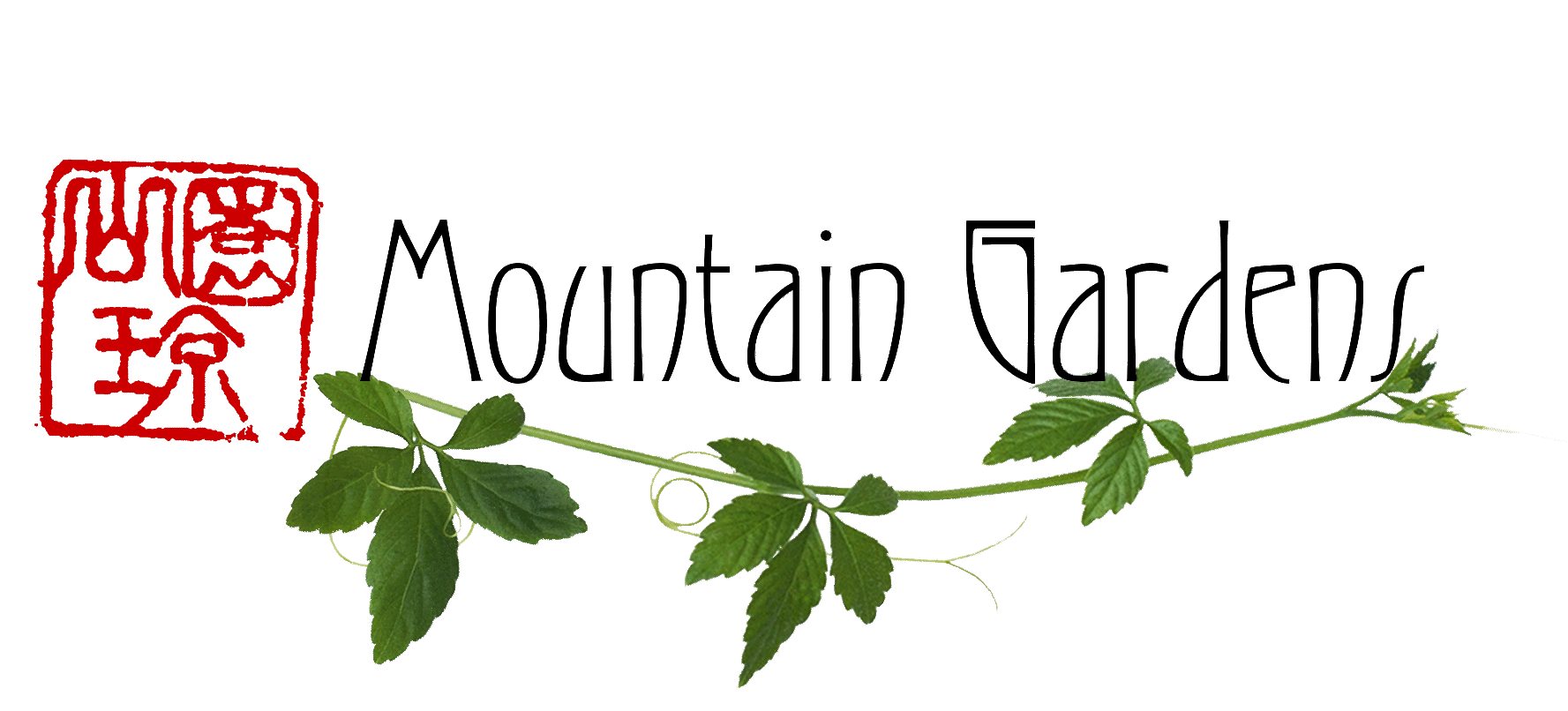Grow Your Own
Polygonatum biflorum var. commutatum is best grown from seed, but can also be propagated by division.
Herbs in the garden: Medicinal plants include every life form (annual, biennial and perennial herbs, deciduous and evergreen trees and shrubs, woody and herbaceous vines, etc.) and components for every garden habitat (annual/vegetable garden, shrub and herbaceous borders, moist and dry woods and woods edges, streamside and wetland, flagstones and path edges, arbor and trellis, meadow and hedgerow, etc).
Herbs in your life: These plants may be used for common complaints (injuries, bites & stings, minor skin problems, colds & flu, cough, digestive upset, etc); for personal chronic/recurrent health problems (constitutional weakness involving the respiratory, reproductive, digestive, circulatory, urinary, nervous, etc. systems); and for prevention(tonic and rejuvenative herbs, adaptogens, immune-system stimulants, etc.)
Propagation: While many of these plants will self-sow, and others are as easy to grow as radishes and marigolds, there are a number which have specific germination requirements related to temperature, light or other factors. In general, species which resent transplanting, or which grow so readily and rapidly as to not require it, are sown directly where they are to grow, when soil is cool or warm (as indicated). If direct sowing is not specified, it is assumed that you will sow in a flat (or any container) under protected conditions (greenhouse, frame) and transplant to the garden when large enough to handle / compete.
Many hardy perennials require not just cool soil, but a 6-12 week period of winter temperature (40 F) to release germination inhibitors: these are specified as “cold aids germination.” Seed may be mixed with moist peat or sand and stored in refrigerator, or sown (direct or in container) and exposed to a period of cold weather. Some trees and shrubs, and native herbs – including ginseng and goldenseal – require several alternating cold and warm periods, germinating the second spring after sowing, or even later. The seed must not be allowed to dry out during this period.
Some seeds require light for germination: press them into the soil – do not cover – and keep moist. Some with hard seed coats may benefit from “scarification”: knick them with a sharp knife, or rub between sandpaper; alternatively, a small volume of near boiling water may be poured on the seeds and left to stand overnight until they are swollen before sowing. Seeds extracted from fruits, berries, etc, should be cleaned and rinsed thoroughly as germination inhibitors may be present in the pulp.
Many perennial herbs and some shrubs are readily propagated by division of spreading rhizomes, runners, suckers, etc., in which case it may be easier to start with a few live plants than from seed.
Cautionary note (medicine): This list is offered as a quick overview to enable you to select herbs to begin growing and investigating further. It would be foolish and perhaps dangerous to use some of these plants medicinally on the basis of the very partial information which this format allows. Some of these herbs are mild enough to be used as beverage teas, or administered to infants; others have important contra-indications (pregnancy, etc.) or critical dosage limits. Before using any plant for healing you should consult several sources which provide this information.
Cautionary note (garden): It is no accident that many of our most useful medicinals (and most nutritious edibles) are common garden and dooryard weeds: these plants are our coevolutionary companions since ancient times. Weediness in the form of excessive seedlings may be controlled by deadheading (limiting seed production); plants which invade by runners or roots may be useful (and contained) as ground cover beneath shrubs and trees. Control is generally less work than propagation, but observe your plants: don’t let them get out of hand.
Most of the species on this list are available, as seed and/or plants, from Mountain Gardens, where you may also observe their growth, consult a library of books on their uses, and attend workshops on their cultivation, preparation and applications.

